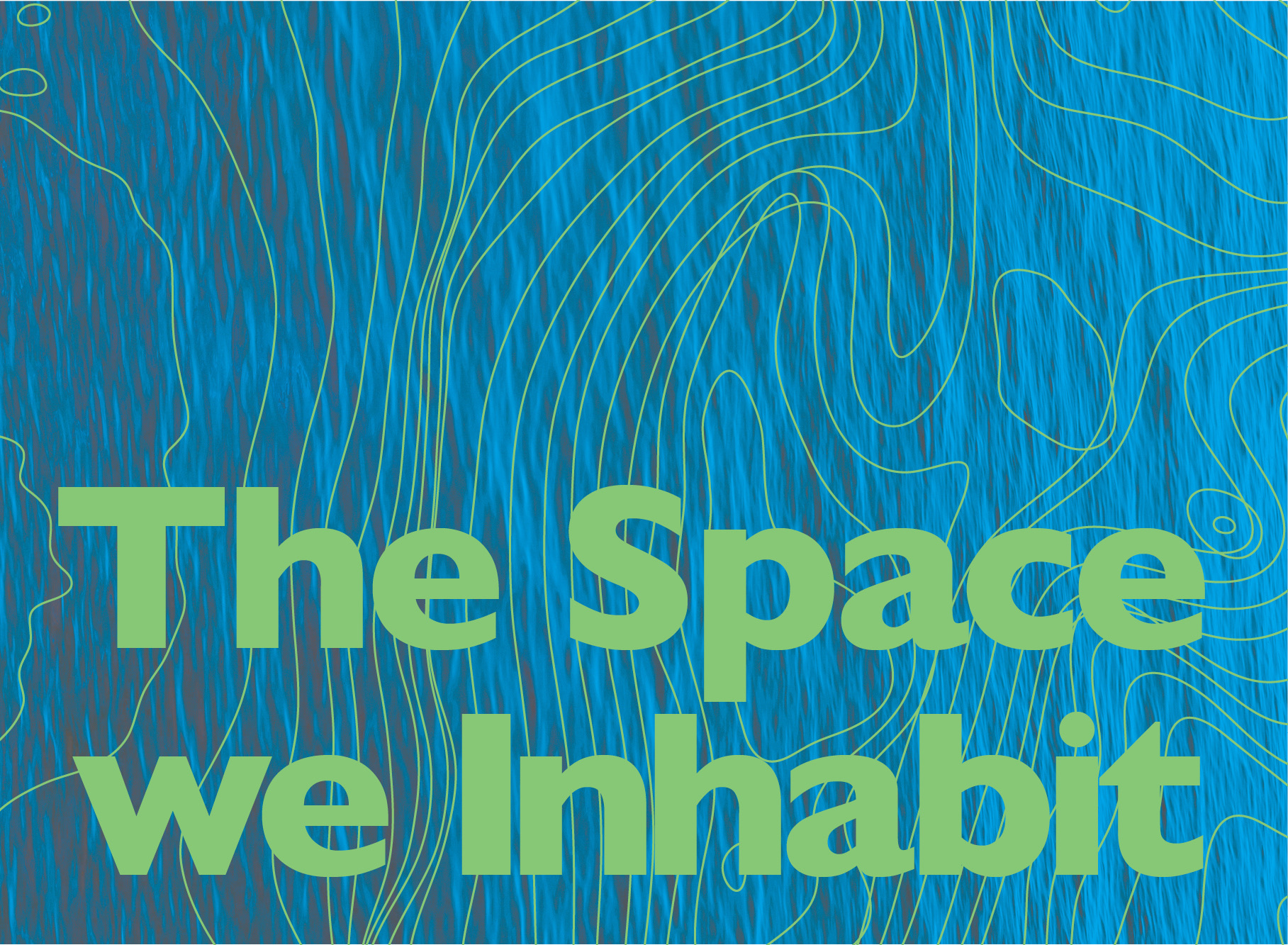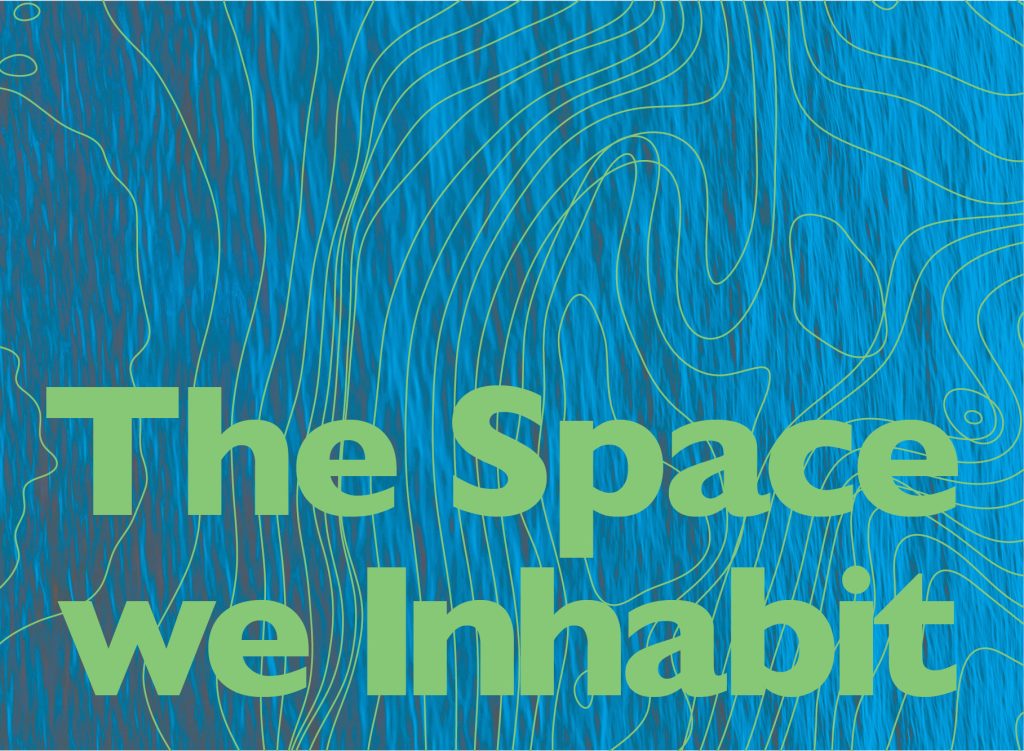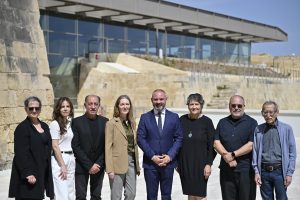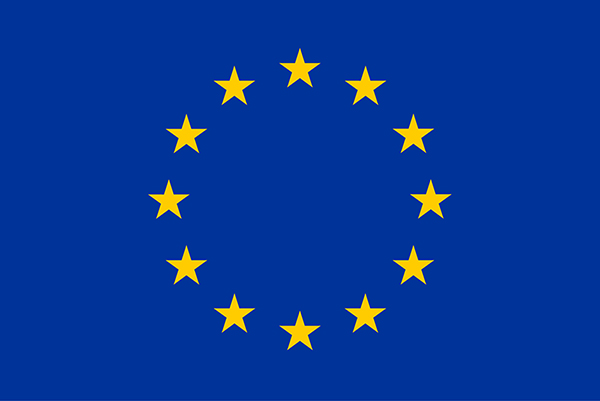Selected around the theme of ‘space’, The Space we Inhabit brings together the work of six artists who have all approached the subject in differing ways, both in terms of what each perceives space to be, and their exploration of it.
Caesar Attard, Vince Briffa, Austin Camilleri, Joyce Camilleri, Anton Grech and Pierre Portelli have all adapted and developed work for this exhibition which will feature formal painting, sculpture, video and installation work.
Although a consideration of the traditional landscape was an early starting point in the development of the exhibition’s focus, the final premise here reaches well beyond the boundaries of this genre. The formal properties of the landscape as effectively providing a ‘window onto the world’ took hold in Europe in the 17th century, starting in the Netherlands. By the 18th and into the 19th centuries, artists such as J.M.W. Turner in England, Kaspar David Friderich in Germany, and the founder of the Hudson River School in America, Thomas Cole, all developed the genre within the movement of Romanticism into a much more personal and cerebral relationship with the natural world, connecting with what lies beyond the visible and evoking notions of the sublime. This tendency ran right through to the early plein-air paintings of France in the 20th century, and in particular can be seen in the atmospheric, light-filled landscapes of Jean-Baptiste-Camille Corot.
These six artists have leapt ahead from these earlier considerations of the space we inhabit, with all approaching it in a conceptual manner, without any physical or imaginary boundaries, and most importantly, without the limitations of faithfully reproducing the physical world.
Space – the creation of it, the exploration of it, the manipulation of it, its liminality – remain primary concerns for contemporary artists. In this exhibition, each of the participating artists has brought their individual perceptions and sensibilities to this broad theme, with the subtle connections between their approaches providing a rich interrogation of the subject which interacts with the unique spaces provided by the MICAS galleries.











